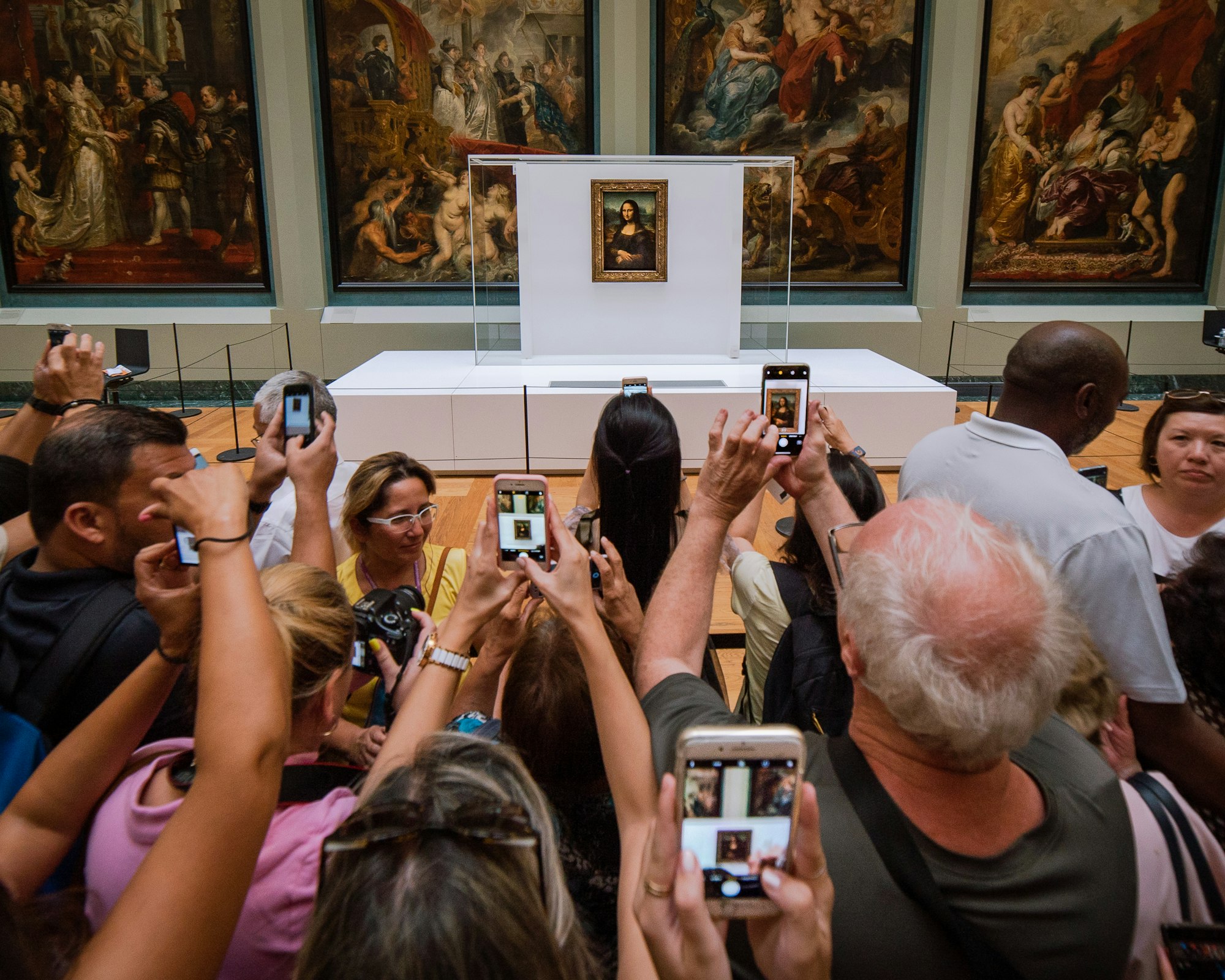Authenticity Under Scrutiny: How Collaboration between Experts and Startups Is Reinventing Art Authentication
We explore the importance of art authentication and identification, the challenges faced by the art market, and how collaborations between experts and startups utilizing technology like blockchain and AI can provide promising solutions.

Art authentication and identification have always been important in the art world, but recently it has become an even hotter topic. With an increase in forgery scandals and the dissolution of authentication boards, the art market is facing challenges in verifying the authenticity of artworks. In this blog post, we will explore why art authentication and identification are crucial and how a collaboration between human experts and innovative startups can help address these issues.
The recent high-profile forgery scandals, such as the case of Wolfgang Beltracchi and the Knoedler gallery, have highlighted the importance of reliable art authentication. These cases not only have financial implications for collectors and galleries but also erode the trust and reputation of the art market. Moreover, fear of litigation has led to the dissolution of authentication boards, leaving a gap in the expertise needed to verify the authenticity of artworks.
While the authentication crisis may not be as widespread as the widely publicized cases would suggest, it is still a significant concern. Most forgeries enter the market at a lower level, such as flea markets and online platforms, and are usually identified before they can reach the high-end art market. However, the stakes become much higher when forgers manage to breach the established defenses and sell their fakes as genuine artworks.
“Attribution is delicate. It’s not something that one practices with absolute certainty,” -Patricia Emison, an Italian Renaissance expert at the University of New Hampshire
Art authentication is a complex process that involves connoisseurship, technical analysis, and provenance. Provenance alone is not sufficient to authenticate a work, as histories can be fabricated, and many collectors have owned fakes. Similarly, scientific testing and analysis of materials are important, but they do not guarantee authenticity. Connoisseurship, the expertise of art experts in recognizing the stylistic nuances of individual artists, is the glue that binds everything together.
In this challenging environment, a collaboration between human experts and innovative startups can provide a promising solution. Established organizations such as the Art Loss Register, International Foundation for Art Research, Wildenstein Plattner Institute, Art Analysis & Research, and the Getty Conservation Institute have already made significant contributions to art identification and authentication. These organizations specialize in different aspects of the field, including cataloging stolen art, provenance research, technical analysis, and conservation.
At the same time, startups are leveraging technology to revolutionize the art authentication process. Companies like Artory, Verisart, Codex, Artune, and Magnus are using blockchain technology and artificial intelligence (AI) to provide secure registries for art transactions, certification, and authentication services, permanent records of artworks, and comprehensive analysis of artwork styles and materials. Swiss startup MATIS develops a multispectral camera to fingerprint paintings. These startups offer greater transparency and trust in the art market by utilizing innovative technologies and analytical techniques.
“The reliance on the judgment of a single human expert can be risky due to the potential for human error, subjectivity or biases,” -Carina Popovici, CEO of AI authentication firm Art Recognition
Collaborations between startups and museums, owners, or conservation companies are also playing a significant role in advancing art identification and authentication techniques. For example, the partnership between Artrendex and the Museum of Contemporary Art Chicago enabled the development of a machine-learning algorithm that can analyze and identify artworks. This collaboration not only improved the accuracy of the algorithm but also saved time and resources for the museum's curators. Similarly, Magnus collaborated with various auction houses and galleries to enhance their app's recognition capabilities, benefiting collectors and art market professionals.
However, the integration of AI in the art authentication process has received mixed reactions from art experts. While AI models can provide objective analysis and potentially make the attribution process fairer, some experts remain skeptical. They argue that the nuances and deep knowledge that come from years of studying an artist's work cannot be replicated by AI models. The case of the de Brécy Tondo, where an AI model identified a painting as a work by Raphael, faced skepticism from Renaissance art experts who question its accuracy.
Despite the skepticism, AI is becoming increasingly prominent in the art world. AI-driven models are not only used for distinguishing between fake and real artworks but also for generating new art. However, controversies, such as the lawsuit against AI companies for using online art as training data, highlight the ethical considerations surrounding AI and copyright infringement.
Art authentication and identification play a crucial role in maintaining trust and integrity in the art market. The recent forgery scandals and the dissolution of authentication boards have heightened the need for reliable methods of verifying authenticity. Collaboration between human experts and innovative startups, utilizing technologies like blockchain and AI, can provide promising solutions to these challenges. However, the integration of AI in the art authentication process is met with skepticism from traditional art experts, who emphasize the importance of nuanced connoisseurship.
kultur can help fix the problem of art authentication by bringing together technologists, artists, experts, and museums. kultur can contribute to creating a safer and more intelligent art market. kultur's approach involves identifying and utilizing appropriate technologies from various labs around the world to address specific problems in the art market.

